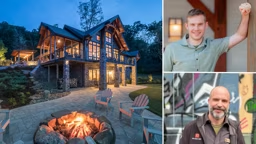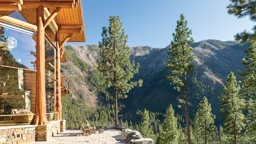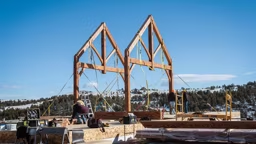
Once of the biggest differences between conventional and naturally built homes is quality. Natural homes have withstood the test of time. They outlive the people who build them. A home’s long lifespan reduces the environmental impact of our buildings, because fewer materials are needed to house us over multiple generations.
Natural materials also “breathe” or are more vapor permeable, meaning there’s less potential for mold to develop. This is a problem in some modern homes, where moisture from heating and cooling systems and appliances such as whirlpool tubs and dishwashers becomes trapped in walls by synthetic materials. You also can’t overlook aesthetics. Many people are attracted to timber homes because of the feel. It has been called an “honest” building method because the structure is visible.
In the global economy, building materials are sourced and manufactured in distant places, giving us little information about the environmental and economic impact of their use. By sourcing some materials locally, natural building connects us in meaningful ways to our neighbors, supports local economies and allows us to be informed environmental stewards.











